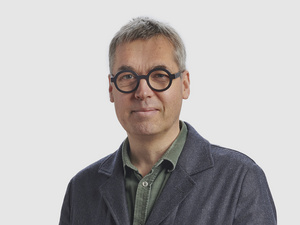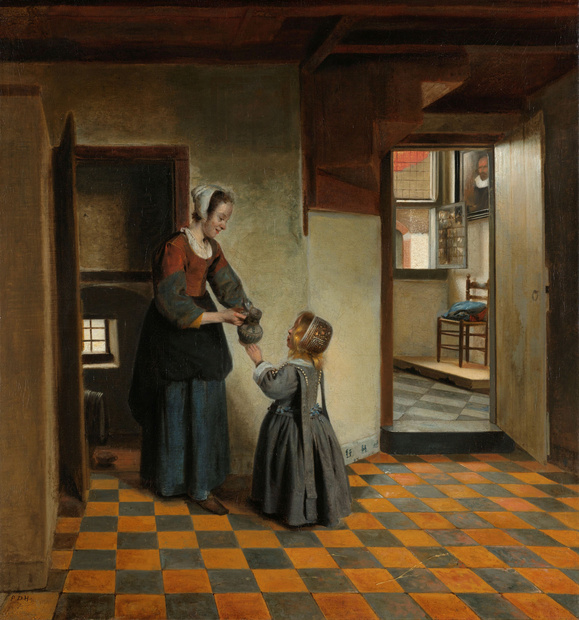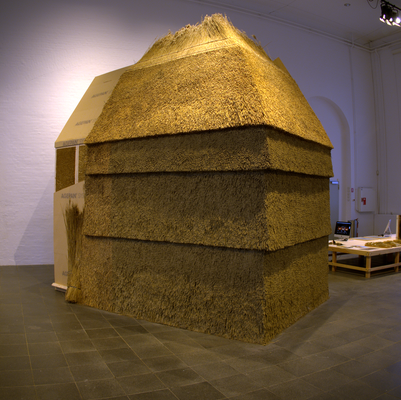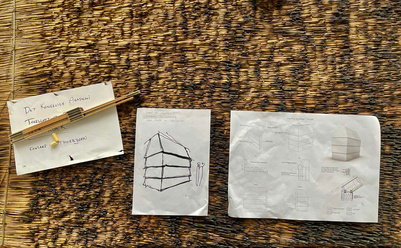Behind the Wallpapered Door – New Research Lifts the Veil on Privacy
A new research centre aims to scrutinise private life in a historical perspective to learn why modern man is under pressure at a time, when the line between private life and public life has become more fluid. The centre has been granted a subsidy of DKK 50 million by the Danish National Research Foundation.
We live in an age when social media, increased monitoring and transparent glass façades in office buildings and private homes fundamentally interfere with our experience of when something is private and when it is on view to the public.
In short, the line between public and private has become more fluid, and that puts modern man under pressure. In order to understand why – and what we can do about it – we must take a careful look at the period when privacy was a key concept in society. That is the opinion of the creators of the new interdisciplinary research centre, who have given themselves that very task.
The research centre, which will open on 1 November under the name of ‘Centre for Privacy Studies’, is the result of interdisciplinary cooperation between Theology and Law at the University of Copenhagen, History of Ideas at the University of Lund and the School of Architecture at KADK, and has just received a six-year grant of DKK 50 million from the Danish National Research Foundation.
The establishment of the private space
“In order to understand what privacy is actually all about – to understand its essence – we have to hark back to Europe in the period 1500 - 1800, when something reminiscent of a contemporary conception of privacy emerged, shaping our way of acting and organising our lives: specifically and physically through architecture,” says one of the Centre’s four core members, Peter Thule Kristensen, Professor of the History of Architecture at KADK.
It was during that period that privacy was ingeniously staged in architecture: for example in the hermitages and so-called ‘parade’ homes. In them they created a ‘front stage’ and a ‘backstage’ in people’s lives: one space, in which to reveal oneself, show off and receive guests, and another space to retreat to. The private space consisted of small chambers, corridors and stairs hidden behind wallpapered doors that were flush with the wall. People knew they existed, but that they were also out of bounds for uninvited guests. They were private. This separation of private and public – a front stage and a backstage area – trickled slowly, but surely through the echelons of society, finally establishing itself as the common interior design strategy for anyone who could afford a large salon.
The question is, why the need for a private space evolved and what significance it had for modern man.
The longing for privacy
“Contemporary commentators wrote about the French Prince of Condé, that his retreat to the private sphere in the latter half of the 17th century enabled him to escape the hustle and bustle of the world and ‘find himself’. It sounds unmistakably like a yearning, which is also apparent in our age,” says Peter Thule Kristensen. “I believe that the notion of privacy is hugely important, if we are to understand contemporary people’s perception of architecture and space. By illuminating the issue through sources from the history of architecture, religion, law and ideas we will hopefully gain a new and surprising realisation. That is why it makes sense to focus on the period from 1500 to 1800, when ‘modern man’ first found his feet.”
In concrete terms, for KADK, the Centre for Privacy Studies means that over a six-year period the School of Architecture will get two new PhD students and two or three new post-doctoral scholars, who will be supervised by Peter Thule Kristensen. They will be part of the Centre’s multidisciplinary environment along with six other PhD students, the post-doctoral scholars and the Centre’s four core members, in addition to four international partners, who include Maarten Delbeke, Professor of the History of Architecture at ETH in Zurich.
In terms of teaching, KADK’s PhD students and post-doctoral scholars will be affiliated with the School of Architecture, including the Spatial Design graduate programme in the Institute of Architecture and Design.
There will be a recruitment seminar for interested applicants on 27-28 October.
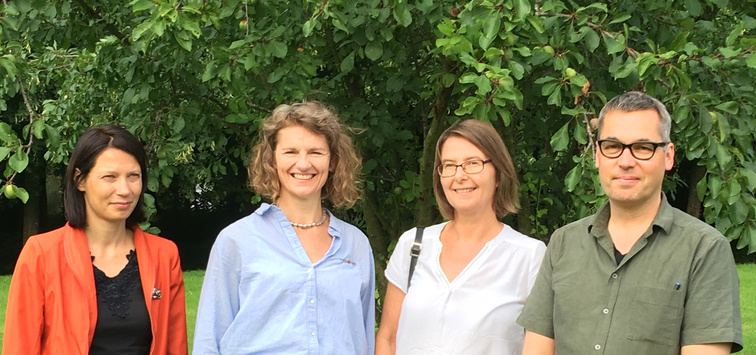
Facts about the Centre for Privacy Studies
The head of the Centre will be the Professor of Church History, Mette Birkedal Bruun, D.Theol., who will work closely with the Centre’s other core members: Associate Professor in the History of Law, Helle Vogt, PhD (University of Copenhagen); Associate Professor and Fellow, Charlotte Christensen-Nugues (University of Lund); and the architect and architectural historian, Professor Peter Thule Kristensen, D.Phil, PhD (KADK).


